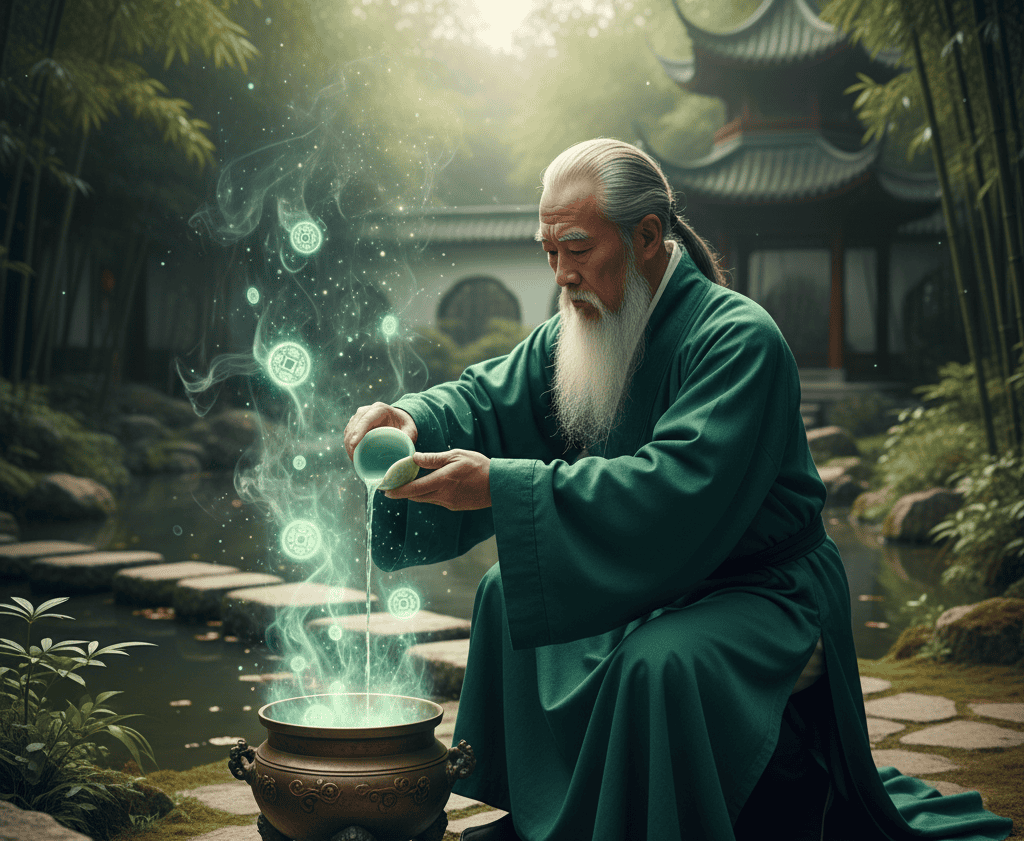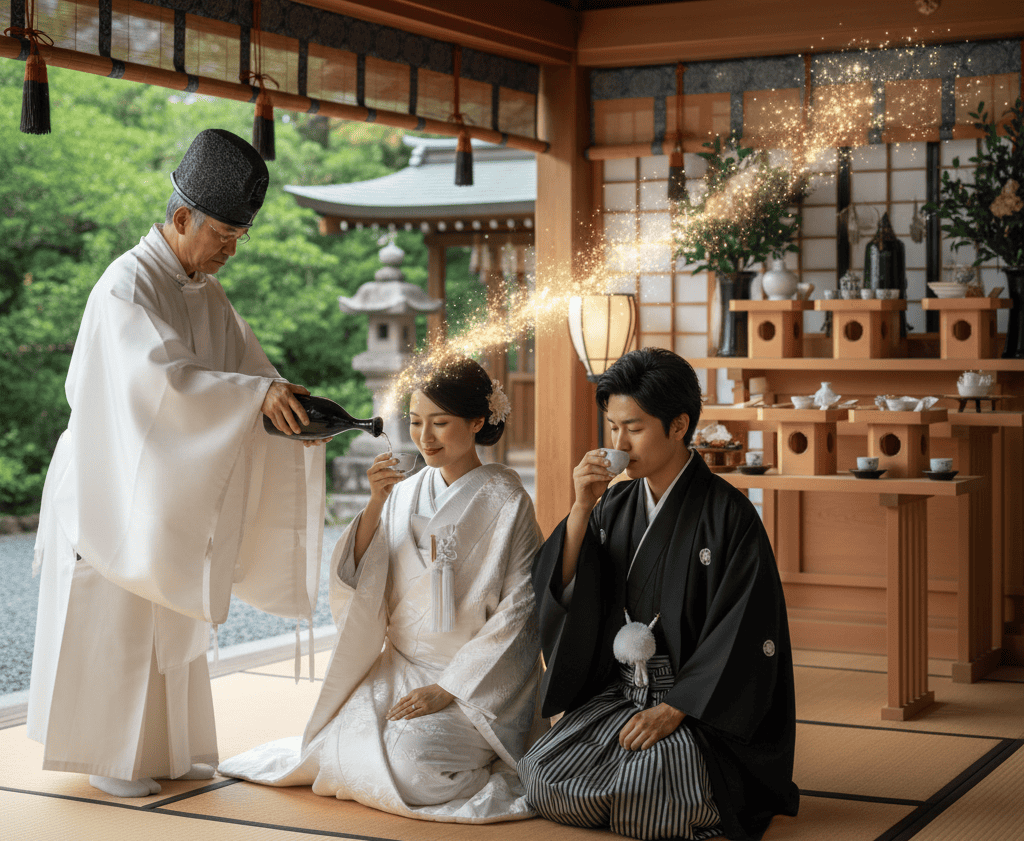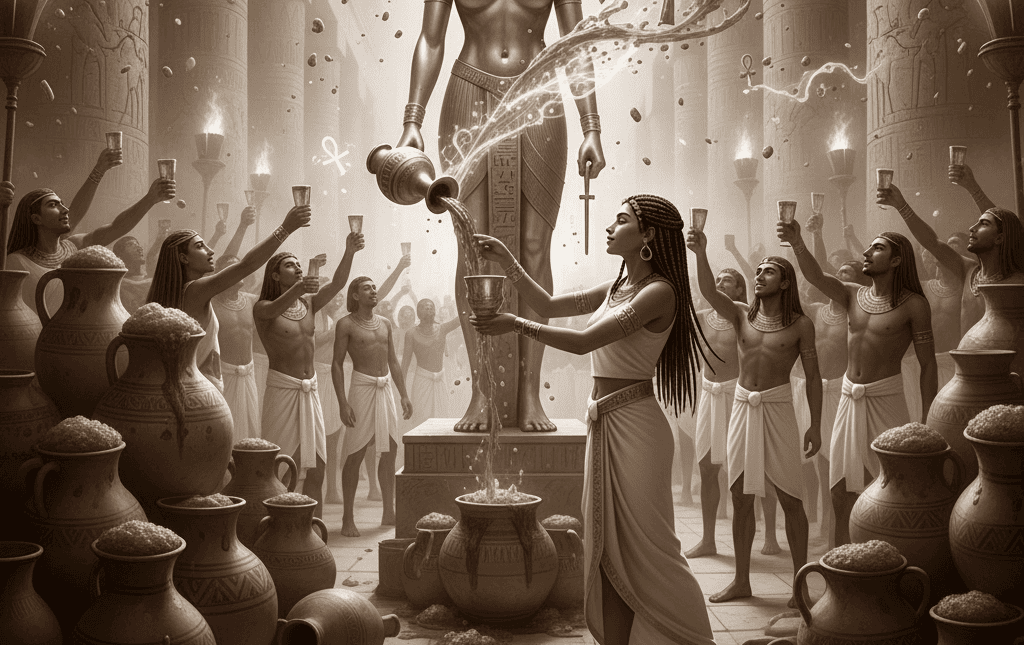For as long as people have told stories, they’ve also tried to bottle luck. Across the world, different cultures believed that fortune wasn’t just something you stumbled upon—it could be invited, coaxed, and even drunk.
Whether sweet like honey, earthy like corn, or strong like barley beer, elixirs were more than beverages.
They carried blessings, rituals, and an invisible thread between people and the unseen world. Let’s explore seven remarkable drinks from ancient traditions that promised to stir luck in every sip.
1. The Celtic Mead of Blessings
Imagine sitting around a fire on a cool evening in ancient Ireland. The druids chant, the air hums with music, and cups of golden mead are passed around.
Mead was more than a sweet drink made from honey, it was the nectar of abundance. Honey itself symbolized wealth, prosperity, and sweetness in life.
When fermented, it became a drink fit for both mortals and gods. Celtic warriors would toast with mead before battles, asking for victory and safe returns.
Newlyweds drank it during their “honeymoon,” hoping it would bless their marriage with fertility and happiness.
In every sip, there was a sense of calling on divine favor, of sweetening the road ahead. Mead wasn’t just about getting tipsy; it was about weaving good fortune into your story.
2. The Chinese Elixir of Jade Water
In Daoist traditions, alchemists searched for the secret of immortality. One of the treasures they whispered about was “jade water,” an elixir said to bring both luck and longevity.
While recipes varied, it often combined spring water with herbs, minerals, and sometimes honey or ginseng.
The symbolism of jade itself mattered deeply—it represented purity, balance, and harmony with heaven.
Drinking jade water was like drinking a prayer for alignment between body and spirit. It wasn’t just about extending your years but ensuring those years were filled with good fortune and prosperity.
Herbal teas still carry this legacy, offering warmth, balance, and the belief that harmony attracts luck naturally.
3. The Indian Panchamrit of Prosperity
In Hindu rituals, no celebration feels complete without Panchamrit, a sacred mixture of five ingredients: milk, honey, yogurt, ghee, and sugar.
Each element carried its own blessing. Milk was purity, honey was sweetness, ghee was prosperity, yogurt was strength, and sugar was joy.
Panchamrit wasn’t just consumed; it was first offered to deities, then shared among devotees as a way of receiving divine favor.
Parents often gave a sip to children during special rituals, believing it would attract health, luck, and success in studies.
With every swallow, there was an unspoken hope: may life be as rich and balanced as the ingredients in this sacred drink.
4. The Japanese Sake of Celebration
Raise a small porcelain cup of sake in a Shinto shrine, and you’re not just drinking—you’re connecting with the divine.
Sake in Japan has long been tied to purification and blessings. Families drank it during weddings to seal bonds of love and fortune.
At New Year’s, communities shared it to invite prosperity for the year ahead. The act of pouring sake was also symbolic.
Sharing a cup with someone meant tying your fates together, blending your luck with theirs.
Even today, ceremonial sake at shrines carries that same energy: harmony, blessing, and good fortune flowing through a simple sip of rice wine. Every drop was both a celebration and a prayer.
5. The Egyptian Beer of Fertility and Favor
Beer in ancient Egypt was a daily drink, but also a sacred offering. Brewed with barley and flavored with dates, it carried life-giving energy.
Temples dedicated to Hathor, the goddess of joy and love, overflowed with offerings of beer. It was believed that drinking it could invite fertility, ensure healthy crops, and keep households prosperous.
One famous myth even tells of Hathor saving humanity by drinking vast amounts of beer dyed red to look like blood.
Her drunken joy stopped her wrath, turning destruction into celebration. For the Egyptians, beer was not just nourishment—it was a reminder that fortune, joy, and protection could be poured into a cup and shared with friends and gods alike.
6. The Greek Kykeon of Renewal
In Greece, the mystery rituals of Eleusis promised transformation. At the heart of those ceremonies was kykeon, a drink made of barley, herbs, and sometimes wine or honey.
To outsiders, it looked simple. To initiates, it was powerful. Kykeon symbolized shaking off the old and stepping into something new.
Drinking it marked the start of renewal—an invitation to release misfortune and step closer to divine wisdom.
Participants believed it gave them a taste of the eternal, a reminder that luck wasn’t just about chance but about aligning with cycles of death and rebirth.
In every swallow, there was courage to move forward and trust that luck favored the brave.
7. The Native American Corn Drink of Abundance
For many Native American tribes, corn was life itself. Brewed into drinks, it wasn’t just nourishment—it was a spiritual gift.
Corn-based drinks were often shared during ceremonies, where people prayed for abundance in hunting, farming, and family life.
The yellow kernels represented the sun, warmth, and continuity. To drink corn brew was to take in the strength of the earth and the blessings of community.
Elders often reminded the young that each sip connected them to their ancestors and to the land that sustained them. In that sense, luck wasn’t random – it was a relationship nurtured through respect, gratitude, and ritual.

Sempre senti uma forte ligação com o Divino desde o meu nascimento. Como autora e mentora, a minha missão é ajudar os outros a encontrar o amor, a felicidade e a força interior nos momentos mais sombrios.








